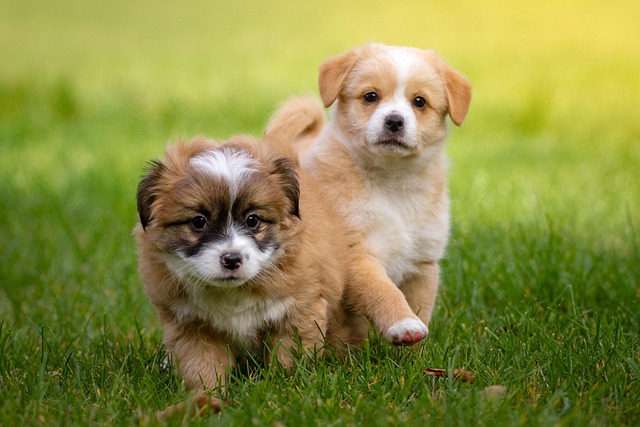
What is glaucoma in a dog?
You might notice your dog squinting more at mealtime or avoiding bright sunlight—these small changes could be early signs of a serious eye condition.
Watching your dog sneeze or shiver can be worrying, especially during chilly months. While dogs don’t catch "colds" exactly like humans, they’re susceptible to similar respiratory infections—often called canine infectious respiratory disease complex (CIRDC) or kennel cough. Preventing these illnesses requires a mix of common sense, proactive care, and awareness of regional risks across North America and Europe. Here’s how to keep your pup healthy year-round.
Start with vaccinations, as they’re your dog’s first line of defense. Core vaccines like distemper and parainfluenza are legally required in most U.S. states and EU countries, but the Bordetella (kennel cough) vaccine is equally crucial, especially if your dog socializes in parks, boarding facilities, or training classes. Consult your vet about region-specific risks; areas with high dog density like urban Germany or the UK might need boosters every 6–12 months. Never skip boosters—immunity wanes over time, leaving dogs vulnerable during peak seasons like autumn or spring.
Environmental management matters too. Just as you’d avoid crowded spaces when flu spreads, limit your dog’s exposure to high-risk settings during outbreaks. Doggy daycares in the U.S. often require health checks, but informal meetups can be hotspots for airborne viruses. If your area reports rising cases, opt for solitary walks or small-group playdates. Indoors, maintain good air quality: avoid smoke, use humidifiers in dry climates, and regularly wash bedding to reduce irritants. For short-coated breeds like Greyhounds or Chihuahuas, invest in a well-fitted coat during winter walks—cold stress weakens immunity.
Nutrition and hygiene play unsung roles. A balanced diet rich in omega-3s, vitamins C and E, and antioxidants supports immune function. Look for AAFCO or EU-compliant foods to ensure quality. Always provide fresh, clean water—dehydration dries nasal passages, making infection easier. After walks, wipe paws and fur with a damp cloth, particularly in cities where pollutants or road salts accumulate. In Scandinavia, where winter salting is heavy, this prevents chemical burns and reduces pathogen tracking indoors.

Breed-specific considerations are vital. Brachycephalic breeds (Pugs, French Bulldogs) have narrowed airways, making them prone to severe respiratory complications. Avoid strenuous exercise in cold, damp weather, and monitor for labored breathing. Conversely, Arctic breeds like Huskies tolerate cold well but risk overheating indoors—sudden temperature swings stress their systems. Adjust routines seasonally: shorter walks in freezing rain, more indoor enrichment during extreme weather.
Lastly, know when to seek help. Symptoms like nasal discharge, lethargy, or a honking cough warrant a vet visit. In countries like France or Austria, delaying care could violate animal welfare laws if suffering escalates. Never administer human cold medications—acetaminophen and decongestants are toxic to dogs. Instead, ask your vet about dog-safe immune supplements like echinacea or colostrum, which are popular in holistic communities across California or the Netherlands.
Prevention isn’t complicated: prioritize vaccines, tailor care to your climate and breed, and stay alert. A little vigilance keeps your furry friend bouncing through winter sniffle-free.

You might notice your dog squinting more at mealtime or avoiding bright sunlight—these small changes could be early signs of a serious eye condition.

Let’s set the scene: It’s a sweltering Phoenix afternoon—105°F outside—and you rushed your 2-year-old Lab mix, Cooper, on a quick walk to “get it over with.”

Let’s get real: You’re in your Miami apartment, watching your 3-year-old Corgi, Loki, struggle to climb the stairs to your second-floor unit.

Many dog owners brush off occasional scratching as just “dog behavior,” but persistent itching often signals something more—like a food allergy.

You might first notice your dog scratching more than usual—chewing at their paws until the fur looks thin, or rubbing their face against the couch nonstop.

Let’s be real: You’re standing in your Chicago apartment, watching your 3-year-old Beagle, Max, huff and puff just to climb onto the couch.